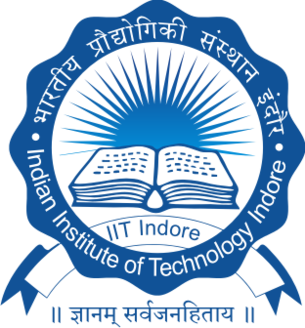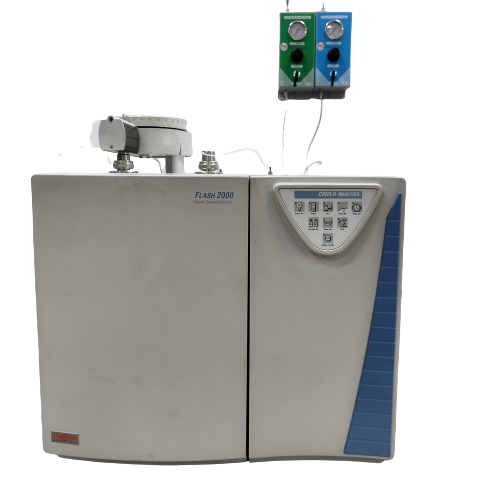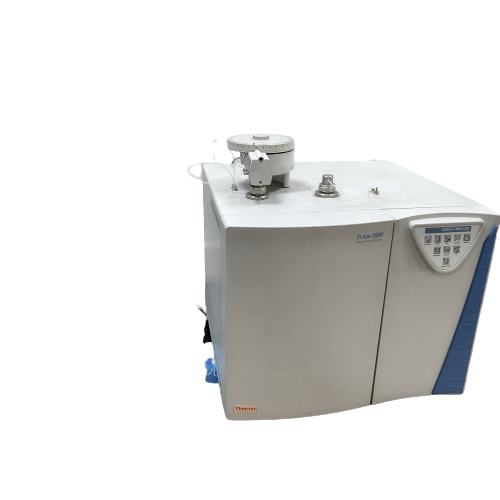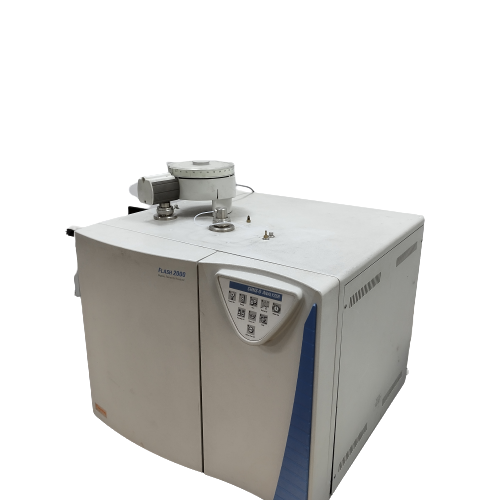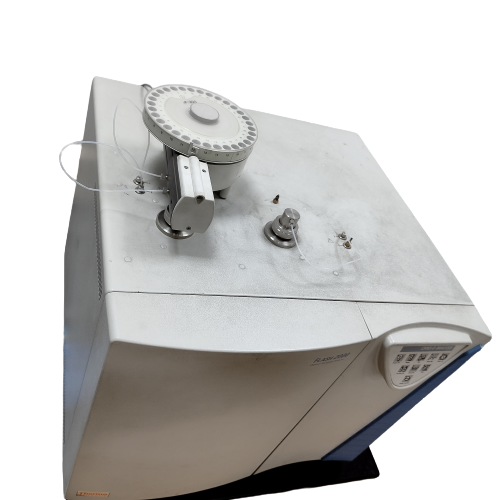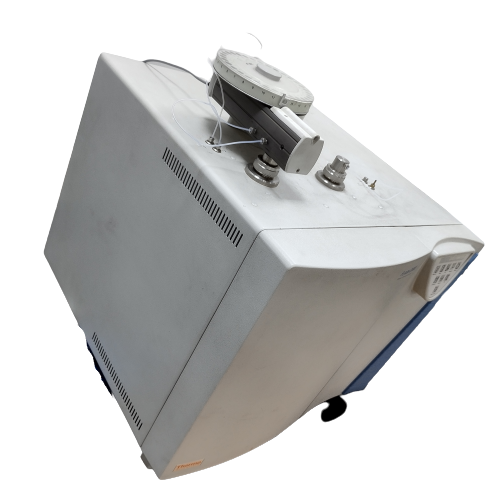Model
Flash 2000
Features
The main instrument for Thermo Fisher scientific FLASH 2000 (formerly the Flash EA1112) is the CHNS-O Elemental Analyzer. It was designed to operate on the “Dumas method” principle, which calls for “flash combustion” to completely and instantly oxidizing the sample. The combustion products are separated by a chromatography before being detected by a thermal conductivity detector (T.C.D. ), which produces an output signal corresponding to the concentration of each component in the mixture. The purpose of the element analyzer is to estimate the percentages of carbon, hydrogen, nitrogen, and sulfur present in organic and inorganic samples produced both internally at the Institute and externally.
The FLASH 2000 is based on a dynamic flash combustion and the ability to switch from CHNS or CHNS-Oxygen without powering down to reconfigure, excellent accuracy and reproducibility. We analysis samples within the Institute and for other Institutes also from external commercial companies
Applications
CHNS elemental analysers have been used in analytical laboratories for over thirty years. The method is used extensively across a wide range of applications, including pharmaceuticals, chemicals, oil-related products, catalysts and food. In the oil industry, an important application is the regular monitoring of coke build-up on refinery catalysts to ensure that regeneration procedures (involving controlled burning of the carbon) are executed at optimal intervals. Since many of these catalyst systems involve large quantities of noble metals such as platinum, palladium and rhenium, mismanagement of this testing would entail serious financial losses. In food analysis, the determination of nitrogen (as a surrogate for protein) is very important for pricing grain and evaluating meat products, and is increasingly undertaken by combustion analysis.
- Organic compounds
- Pharmaceuticals
- Organometallics
- Petrochemicals
- Carbides & nitrites
- Polymers
Handled By Er. Atul Singh
atul.singh@iiti.ac.in

